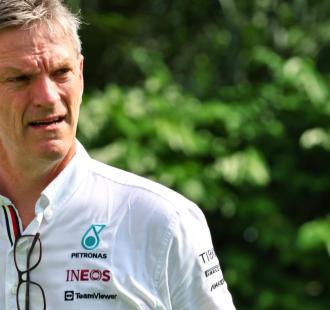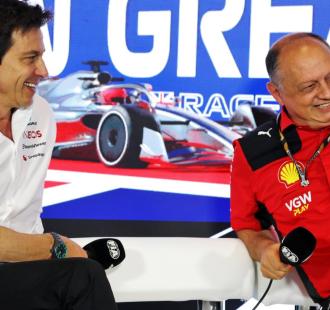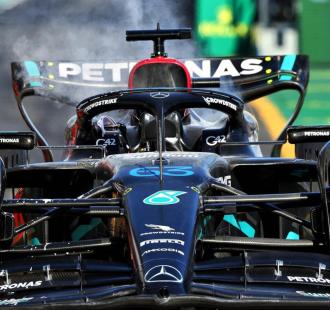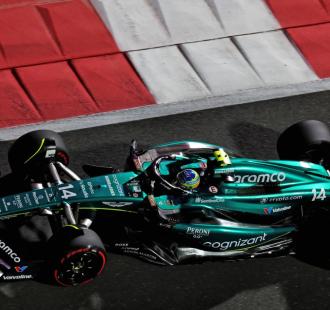
Allison refutes theory around failed Mercedes zero sidepod design
Mercedes Technical Director James Allison insists that the failedzero sidepod approach was not the main factor in its Formula 1struggles, instead pointing to the overall car concept. At thestart of the ground effect regulations in 2022, Mercedes opted tobring a radical design that shrunk the sidepods, but the W13 washit was major porpoising and mechanical problems. Mercedes remainedcommitted to the design throughout 2022 under then-TechnicalDirector Mike Elliott and launched the W14 of 2023 with the designstill in place despite no other team using the idea. The approachwas publicly abandoned after qualifying in the season-opener inBahrain, with a more conventional-looking car being introduced inMonaco - although the team were still unable to make wider-rangingchanges owing to the cost cap, but was able for the 2024 W15machine - which is set to be unveiled on February 14th. Allison,who returned as Technical Director in spring 2023, has explained indetail just why the sidepod design was not the major factor inMercedes' fall from race-winning form - but why it appears so.Sidepods not the factor in Mercedes struggles "I don't quite seethe world the same way as you guys do, looking at a sidepod anddeciding that's a concept," Allison explained to Sky Sports F1. "Wetook a path with our car, and I would say that's from the tip ofthe nose to the very back of the tail, which was not a competitiveone. The most visually notable aspect of that was our sidepods, butby no means [was that] the definitive factor [over a lack ofperformance]. "It was not right from front to back and that's thething we have had to learn and have had to deal with - that's takenus longer than we would have liked. "But the sidepods are maybeemblematic of a team that took a little too long to figure outwhich way was up, but by no means, [is it] the distinguishingfeature that sealed our fate." Concept changes Mercedes hascommitted to a drastic overhaul of the W15, changing aspects of thecar that it was not able to do so in-season with the W14 - withAllison insisting that the idea of a car 'concept' was not what itoriginally seemed. "To the mind of a designer or a performanceperson in F1, concept is actually nothing to do with the car," heexplained. "It's about a process by which you decide what goodlooks like, and what bad looks like. It's your methodology for sortof sieving out all the many, many things you might put on the carand finding only the ones that you really think are going to addlap time. "The car itself is just the output of that method. "Sowhen you talk to us about concept, we're hearing: 'What, you thinkour wind-tunnel weighting system wasn't right?' "We've changedthat, or our way of meshing in CFD was wrong and we've changed theconcept of that. "That's what concept means to us and the car justpops out at the far side of that when we apply that process andthat concept. "So, of course the last two years have required us toadjust our approach and our methodology, our concept, if you will."As a result of that, the hardware that pops out the far side ofthat will necessarily be different hardware, because it's definedby different decisions and different weightings of what's importantand what isn't. "You get all excited by the end result, butactually our fate is made by the approach."


